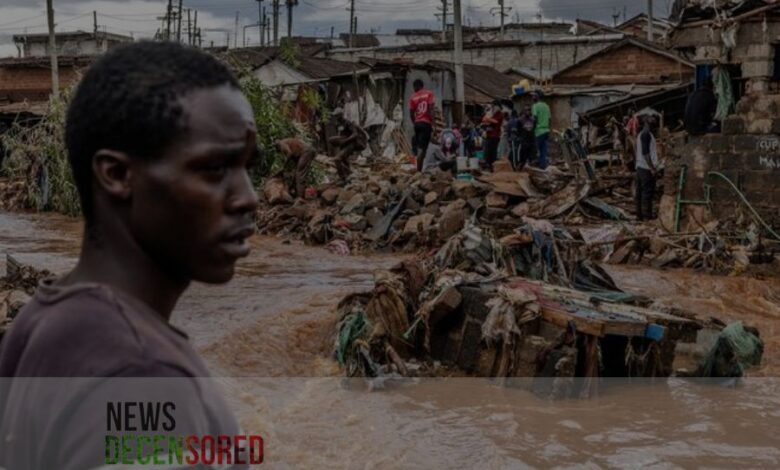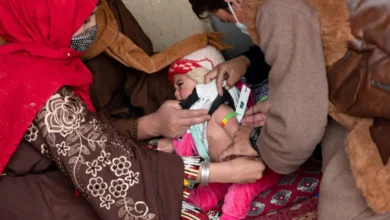70 Dead in Kenya Floods: East Africa Struggles with Extreme Weather

East Africa is facing a devastating humanitarian crisis as relentless rains and flooding have swept across the region. Kenya, Tanzania, Somalia, Uganda, and Burundi – all highly vulnerable to climate change – have borne the brunt of this weather disaster.
Kenya, in particular, has been severely impacted. Since mid-March, torrential rains have claimed the lives of at least 70 people, double the number previously reported. The capital city, Nairobi, has been especially hard-hit, with 32 deaths attributed to the flooding this week alone.
The devastation extends far beyond human life. Over 120,000 Kenyans have been displaced, and critical infrastructure like roads and bridges have been damaged or destroyed. The government has proposed an initial emergency response of 3.3 billion Kenyan shillings ($24.5 million) to address immediate needs, including repairing infrastructure, providing emergency housing, and delivering food assistance.
Adding to the woes, this flooding coincides with the El Nino weather pattern. This naturally occurring phenomenon typically brings warmer temperatures globally, but it also disrupts regional weather patterns, leading to increased rainfall in some areas. In East Africa’s case, El Nino has exacerbated the situation, intensifying the downpours and contributing to the widespread flooding.
The crisis extends beyond Kenya’s borders. In neighboring Tanzania, at least 155 people have perished from flooding and landslides, with over 200,000 people affected. Burundi has seen nearly 96,000 people displaced by relentless rains, and Somalia faces intensifying seasonal rains with reported deaths and displacement. Uganda has also experienced heavy storms and flooding, displacing villagers and causing fatalities.
This tragedy comes on the heels of another devastating climate event. Late last year, the region grappled with its worst drought in four decades, leaving millions hungry. Now, these countries are struggling to recover from one extreme weather event only to be slammed by another.
The international community has a crucial role to play in supporting East Africa through this crisis. Providing emergency aid, supporting reconstruction efforts, and addressing the long-term impacts of climate change are all vital steps. East Africa needs immediate assistance and long-term solutions to navigate this complex and ongoing challenge.
The international community is starting to mobilize to assist East Africa. The Kenyan government’s initial emergency response is a positive first step, but the scale of the disaster necessitates a global effort. Humanitarian organizations are already on the ground, providing critical supplies and medical care to those displaced and affected. However, long-term solutions are also needed. Investments in climate-resilient infrastructure, sustainable farming practices, and early warning systems are crucial to help East Africa prepare for and mitigate the impacts of future climate shocks. This is a race against time, and the world must act swiftly and decisively to support the people of East Africa through this crisis and empower them to build a more resilient future.




